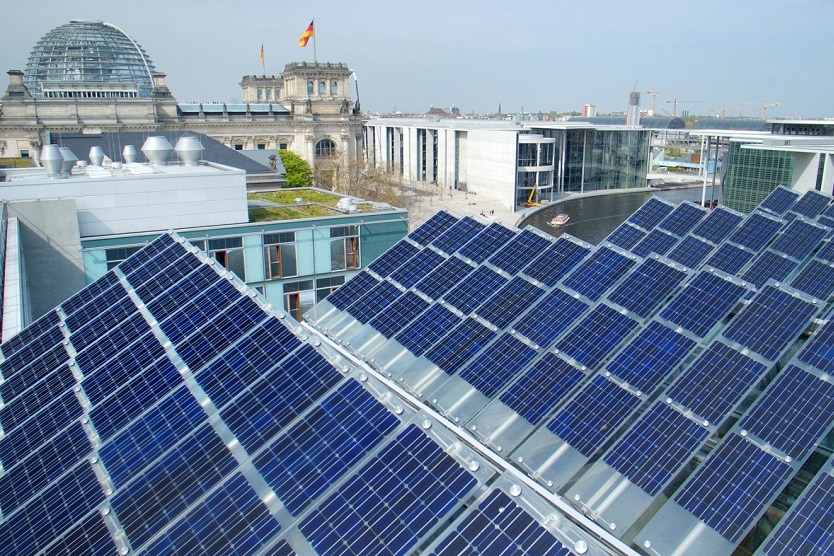A closer look: Sustainable buildings
A distinction must always be drawn between the energy efficiency and the sustainability of a building, whereby energy efficiency is an element of sustainability. Simply
put, energy efficiency covers the efficient operation of buildings and thus of “continuous systems”, such as heating, cooling, warm water, lighting or other power supply.
Sustainability systems and certification
Evaluating the sustainability of a building, on the other hand, covers not only its operational phase but also its construction. It may also encompass the demolition, continued or changed use of a building after its first “life cycle”. The recycling of building materials also plays an important role.
Sustainability systems work on the principle of “Cradle to Cradle”, i. e. from the manufacture of the materials used and the corresponding energy required to the manufacture of building materials and their recycling.
Various certification systems prove the sustainable construction of buildings. In Germany, the system offered by the German Sustainable Building Council (DGNB) is very widely used; internationally, the American Leadership in Energy and Environmental Design (LEED) or the British Building Research Establishment Environmental Assessment Method (BREEAM) is widely recognised. Criteria, requirements and necessary proof may differ, depending on the certificate.
Various aspects of technical building equipment are interdependent and must therefore be specially coordinated, such as the proportion and alignment of window facades
with the lighting systems and the thermal insulation of the building envelope with the ventilation, heating and air-conditioning systems. Building automation technology
can also be used to increase energy efficiency and comfort. The energy consumption of a building can be optimised significantly by taking a holistic view of the building system and using building automation technology.
Building automation
Building automation technology is based on the use of sensors and actuators, which measure movement, light, temperature and room humidity, and on the measurements
obtained to regulate the shading of window facades, the lighting, heating, air-conditioning and ventilation systems in a building. Options like motion sensors, video intercoms
and control technology for blinds also increase comfort for residents and users. The actual values of the sensors are displayed and visualised via a user interface and the desired
target values are set.



